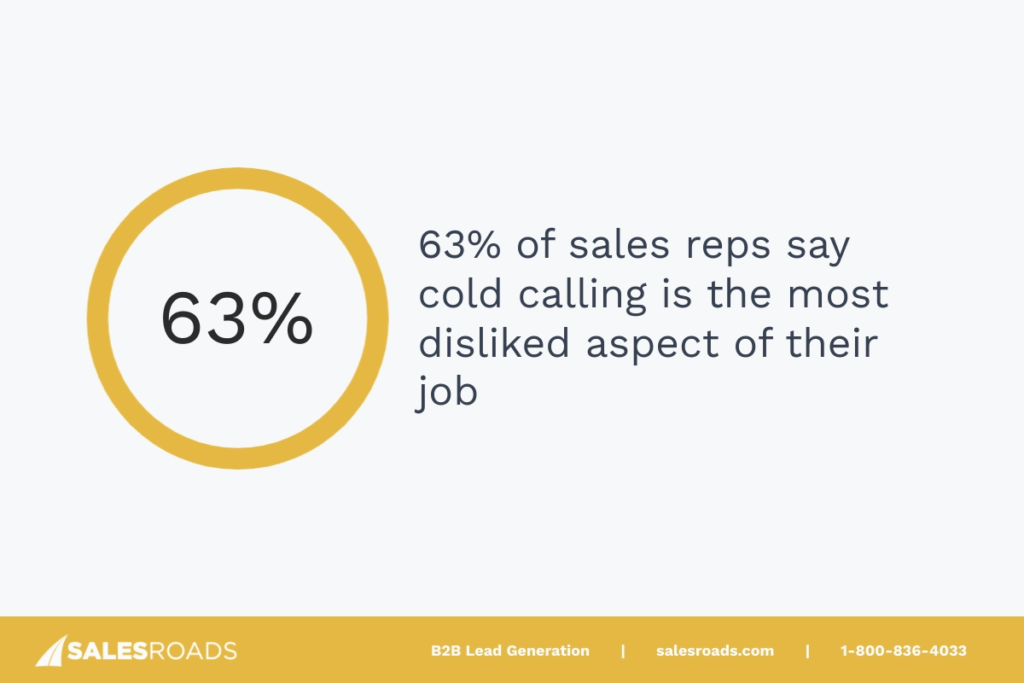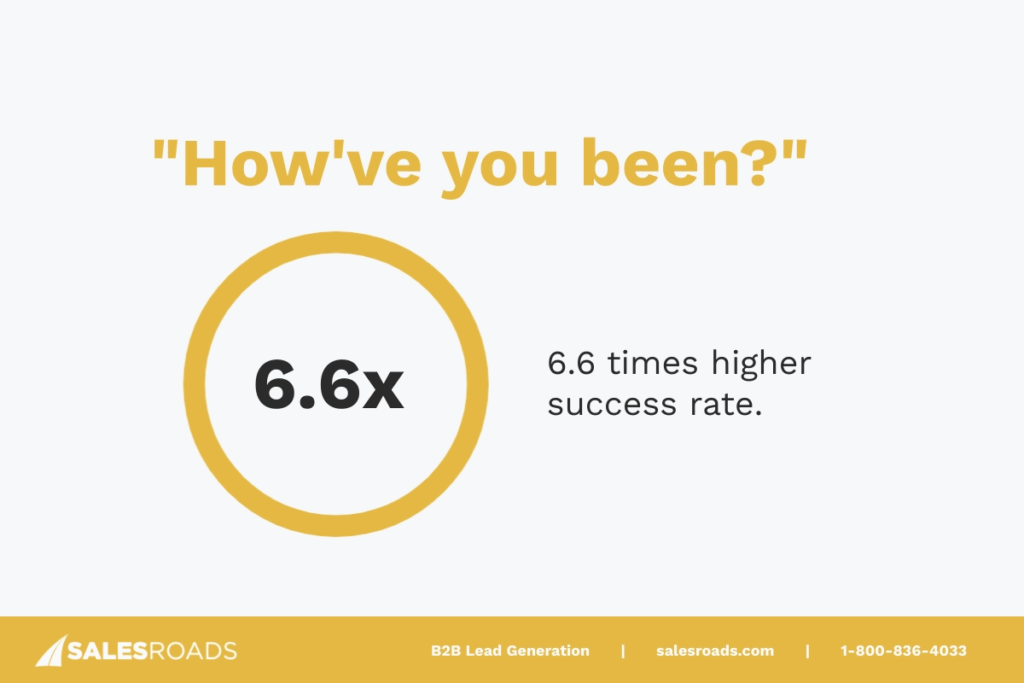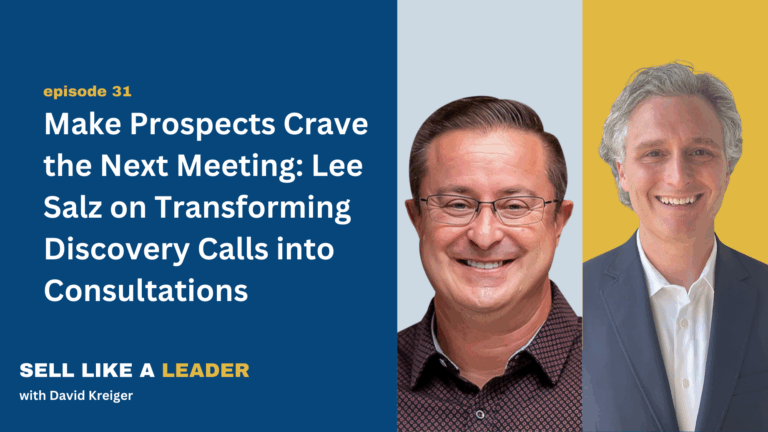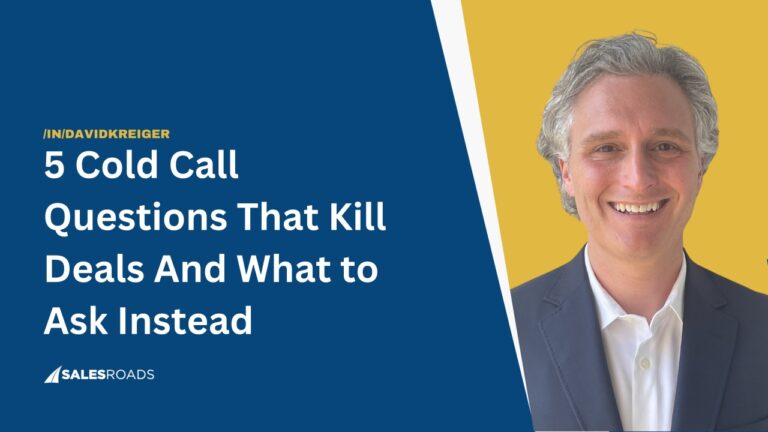Cold calling has a reputation for being brutal and for good reason. Few sales activities are more mentally exhausting, emotionally taxing, or prone to instant rejection.
The numbers alone tell a daunting story, with cold calling conversion rates averaging just 2% and sales reps needing to make an average of 18 phone calls to reach a buyer.
But you start to see that every “no” isn’t a failure when you understand cold calling psychology. Every defensive response from a prospect isn’t personal; it’s a predictable reaction you can anticipate and navigate.
The Psychological Barriers That Make Cold Calling Difficult
Cold calling has a reputation for being one of the most challenging aspects of sales. Research shows that 63% of sales reps say cold calling is the most disliked aspect of their job. Because it’s about battling the mental roadblocks that come with it.

This is where cold calling psychology makes a difference. By understanding both the rep’s mindset and the buyer’s instincts, you can turn an activity most people dread into a skill that drives results.
Fear of Rejection and the Impact on Sales Reps’ Confidence
Rejection is the number one fear in cold calling. Every “no” feels personal, even when it isn’t. The reality is stark: 60% of customers reject offers four times before accepting, yet 44% of sales reps give up after just one attempt.
That constant pushback chips away at confidence and makes reps hesitate before picking up the phone. The key is reframing rejection.
Instead of seeing it as failure, top performers view each “no” as progress toward a “yes.” This shift keeps confidence steady and helps reps stay consistent.
Prospect Resistance and Defensive Buyer Behavior
Prospects often start the call on defense on the other end of the line. It’s human nature. People don’t like feeling sold to, and an unexpected call can trigger resistance.
But reps can lower defenses and earn attention by acknowledging the buyer’s perspective, leading with value, and showing empathy. When a prospect feels understood rather than pressured, the entire conversation changes.
Building the Right Mindset Before Picking Up the Phone
A strong mindset is the foundation of cold calling success. Cold calling scripts and sales psychology techniques matter, but none of them work if a rep dials with doubt or hesitation.
The best effective cold calling tips start with mental preparation. When you control your emotions and approach calls with confidence, you create the energy that prospects respond to.
Emotional Regulation for Better Performance
Cold calling is stressful, and that stress shows up in your tone and delivery. Buyers can hear tension in your voice within seconds.
Emotional regulation through breathing exercises, short pauses, or simple reframing helps reps sound calm and collected. A steady tone projects confidence and makes prospects more willing to listen.
The ability to reset between calls is one of the most underrated skills in cold calling.
The Role of Preparation and Mental Rehearsal
Confidence doesn’t come from luck. It comes from preparation. Top sellers devote an average of 6 hours per week to researching their prospects, understanding that thorough preparation is what separates high performers from the rest.
Reps who research their prospects, practice cold call opening lines, and visualize conversations perform at a higher level. Mental rehearsal primes the brain to respond smoothly, even when the call takes an unexpected turn.
This kind of preparation makes your delivery sound natural, not scripted. For anyone looking to improve, one of the most effective cold calling tips is simple:
Plan your calls as carefully as you execute them.
The Buyer’s Mindset on the Other End of the Line
Cold calling is about how the buyer reacts. Understanding the sales psychology techniques that shape those reactions gives reps an edge.
When you know what’s happening in the prospect’s mind, you can adjust your approach and create a better conversation.
Why Prospects Put Up Defenses
When a prospect gets an unexpected call, their first reaction is often defensive. It’s a natural fight-or-flight response. They don’t know who you are, and they assume you’re going to pitch them something they don’t need.
That’s why walls go up quickly. This reaction isn’t personal; it’s psychology. The good news is that once you understand this barrier, you can use cold calling psychology to lower it with empathy and clarity.
How to Earn Trust in the First 30 Seconds
The opening moments of a call make or break the interaction. Buyers decide almost instantly whether to keep listening or hang up.
The best way to earn trust fast is to focus on them. Interestingly, salespeople who open their cold calls with “How have you been?” see their success rate increase by 6.6 times, as this opening line acts as a pattern interrupt that keeps the conversation going.

Even small touches like using a calm tone or asking a thoughtful question show respect.
One of the most effective cold calling tips is to make the first 30 seconds about building connection, not closing a deal. When trust comes first, the rest of the conversation flows naturally.
Sales Psychology Techniques That Drive Engagement
Great cold calls aren’t built on scripts alone. They work because reps understand what motivates people to say yes.
You can capture attention, build trust, and guide prospects toward action by applying proven persuasion principles.
Social Proof, Authority, and Reciprocity in Action
Buyers trust what others trust. Mentioning recognizable clients or sharing quick success stories taps into social proof and makes your message more credible.
Authority works the same way. When you position yourself as a knowledgeable guide rather than just another salesperson, prospects are more likely to listen.
Reciprocity is powerful, too. Offering something of value early makes prospects feel inclined to give you their attention in return.
The Subtle Power of Scarcity and Urgency
Scarcity and urgency push people to act, but they need to be used with care. A prospect who feels pressured will pull back, but a prospect who sees genuine urgency is more likely to move forward.
For example, highlighting limited availability for a demo slot or sharing a time-sensitive industry insight creates momentum without sounding pushy.
These triggers work because they tap into human psychology. We’re wired to value what feels rare and act faster when time matters. Urgency is one of the simplest yet most effective when used with honesty.
Using Emotional Intelligence to Handle Conversations
Persuasion only works when it feels authentic. That’s where emotional intelligence comes in. Reps who use EQ in their calls connect with buyers on a human level, not just a sales level.
In practice, that means listening closely, reading tone, and responding in ways that show respect. EQ is one of the most overlooked parts of cold calling psychology, yet it’s also one of the most powerful.
On the Sell Like A Leader podcast, John Barrows highlights that emotional intelligence is more important than ever as AI advances rapidly. He believes that anything tied to IQ is basically over since AI already outperforms humans in those areas.
Listen to the full episode here:
Active Listening to Uncover Real Objections
Most objections aren’t the real issue. When a prospect says, “I don’t have time,” it often means, “I don’t see the value yet.” Emotional intelligence helps reps hear what’s underneath the words.
Active listening shows the prospect you’re paying attention. This simple shift helps reps uncover the real concern.
Responding With Empathy to Move the Call Forward
When prospects push back, empathy keeps the door open. Acknowledge how the buyer feels instead of rushing to counter an objection.
A response like, “I completely understand. Many of our clients felt the same way at first,” validates their perspective. Then you can offer clarity or a new angle that eases the concern.
This blend of empathy and problem-solving turns tension into dialogue.
Structuring a Call Around Buyer Psychology
Every successful cold call has structure. It’s about guiding the conversation in a way that matches how buyers think and make decisions.
However, there’s often a disconnect between what buyers want to discuss and what reps are prepared for: 58% of prospects want to talk price on the very first call, while only 23% of reps are ready to do that.
When you design your call around buyer psychology, you reduce resistance and create momentum. This approach blends cold calling psychology with practical technique, giving reps a reliable framework to follow.
Start With Value, Not a Pitch
Prospects don’t want to sit through a sales monologue. They want to know right away why the call matters to them. That’s why the opening should deliver value first.
Highlight a pain point you solve or share an insight relevant to their business instead of leading with your company’s background.
This positions you as helpful, not intrusive. Among the most effective cold calling tips, starting with value is the fastest way to lower defenses and earn attention.
Lead Toward a Clear, Low-Friction CTA
Once you’ve built trust and shared value, the next step is guiding the prospect toward action. But the ask has to be simple.
A low-friction CTA, like scheduling a quick follow-up call or agreeing to review a resource, reduces decision fatigue and keeps momentum moving.
The clearer and easier the next step, the more likely the buyer is to say yes.
Bottom Line
Cold calling will never be easy, but it doesn’t have to feel like a grind. The difference between average results and real success often comes down to mindset and psychology.
You give yourself an edge when you understand how buyers think, control your own emotions, and apply proven sales psychology techniques.










